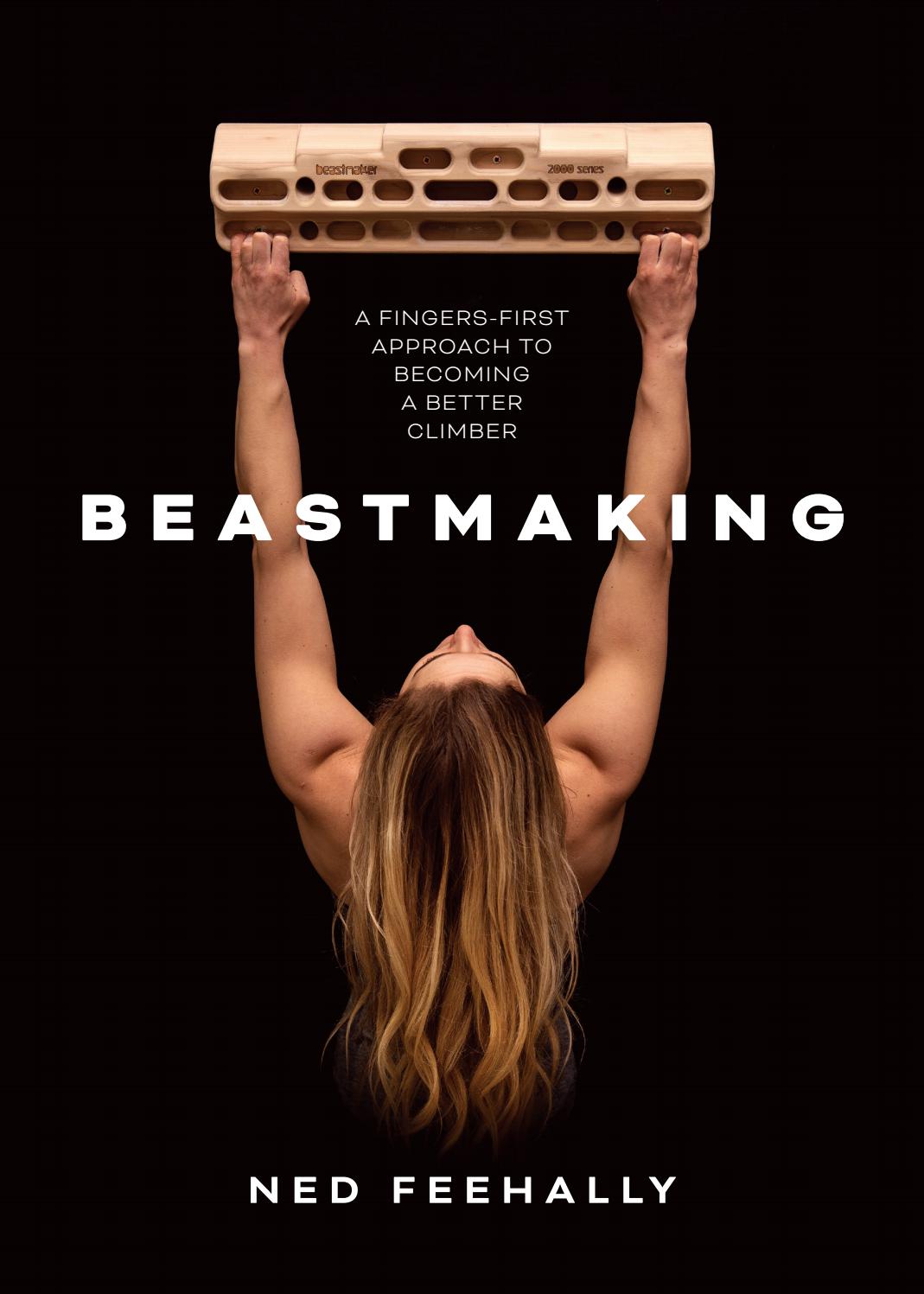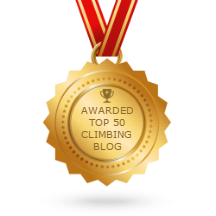![]() Beastmaking by Ned Feehally is designed to provide normal people – like you and me – with the tools we need to get the most out of our climbing. With insights from some of the world’s top climbers, including Alex Honnold, Shauna Coxsey, Adam Ondra, Alex Puccio and Tomoa Narasaki is this the book you need to push your climbing goals further? Pete Edwards takes a look...
Beastmaking by Ned Feehally is designed to provide normal people – like you and me – with the tools we need to get the most out of our climbing. With insights from some of the world’s top climbers, including Alex Honnold, Shauna Coxsey, Adam Ondra, Alex Puccio and Tomoa Narasaki is this the book you need to push your climbing goals further? Pete Edwards takes a look...
I remember reading years ago of a term in business studies to describe when a brand name corners it’s market and becomes the go-to term across the board. So Hoover is technically a brand but we now commonly say about doing the hoovering instead of vacuuming. We seal packages with Sellotape, fasten our shoes with Velcro, Google terms we don’t know, phone an Uber, there are so many examples.
Beastmaker may not quite be at this point but its close. After all, fingerboards for training had been around for at least a decade before Dan Varian and Ned Feehally set up their company but somehow, these new boys managed to revolutionise their niche industry. And they did it all with only two models, each cut out of a 6"x2" piece of wood.
With the 1000 and 2000 models, Beastmaker changed the face of home training; taking it away from the precious few with the space, money and dedication to build their own home wall and brought both the idea and the possibility of building finger strength away from the crag or gym to the everyday climber. Suddenly, anyone could get strong in their small bits of spare time at home and many people duly did. Alongside changes in attitude to sport climbing and bouldering, Beastmaker helped to change the game and raise the bar.
Yet, as is so often the case with something simple, there was much confusion how to use this new equipment properly and to its full extent. Indeed there still is for many people and clearly, Ned Feehally has realised this issue by writing his new book Beastmaking: a fingers-first approach to becoming a better climber. If that is in itself good news then the better news is that he’s done it really well.
However, don’t expect pages after pages of schedules and training plans for you to follow blindly. Yes, there are routines included for you to use to structure your own training sessions – including a ‘Quick Sessions: Fingerboard Exercise Reference Tables’ section towards the end for speedy reference – but this book is so much more.
Admittedly, Beastmaking doesn’t scrimp on the word count but nor does it mince its words. Throughout, the message remains clear and the overriding theme is that you’ll still need to put the effort in to make any gains. Right from the Introduction, Feehally makes it clear that “the benefits of simply owning a fingerboard are fairly limited” and simply buying the book and expecting to suddenly climb harder is no different.
Alongside simple messages like this scattered throughout the book are regular references to Olympic climber Shauna Coxsey, although once you realise that she is married to the author, it seems very logical to include UK climbing’s wonderful poster girl. And seriously, who else could you possibly ask for as the perfect exemplar of what can be achieved by successfully incorporating a good training plan into your climbing? (Oh and for anyone now shouting Ondra, Jerry or Megos, there’s a Pro Tips section with these names and more in Chapter 18 towards the end of the book too.)
If that wasn’t enough to convince you of the validity of the advice held within these 200+ pages, then there’s Feehally himself; the inside of the dust jacket listing just some of his credentials next to a picture of the author standing by a home board with a look on his face as if to say “are you really going to question this?” You really shouldn’t.
For many, this list of accolades and accreditation would be enough to pretty much write whatever he likes but Feehally really doesn’t seem that sort and while he states that he never intended to write a book filled with academic citations, it is clear he’s done his reading. Take the History section in Chapter 1 for example, where Wolfgang Gullich gets equal billing alongside the academic studies of Eva Lopez. This book goes beyond the obvious yet never forgets it.
You may be forgiven for thinking that Beastmaking is simply an advertisement to sell more Beastmaker units but this is not the marketing tool one might expect. Granted, the fingerboards themselves are regularly used to elucidate a point and most of the photographs are of Beastmakers and not competitors (can you blame him for this?) but fingerboards are far from the only training equipment discussed. Indeed, there are also chapters dedicated to Board Training (Chapter 10) as well as Training Structure (Chapter 2), Footless Training (Chapter 11), Arm Exercises (Chapter 13) and Core (Chapter 14) to name but a few that are not focused on either the Beastmaker 1000 or 2000. Then there the large sections dedicated to explaining the mechanics of the body going on in the background regardless of how you decide to train.


What strikes me most about this book though is that despite the obvious decades of hard sends and training success squeezed in, Beastmaking is not a step-by-step prescription for how to train. Time and again, Feehally states that we are all different and that no one training programme will work for everyone. He goes in to great depth – although not too much – on anatomy and physiology but always returns to the same adage that any training regime should be personalised to the individual.
It would’ve been so easy to create a book filled with routines to follow blindly follow; essentially the Beastmaker app in book form. Yet Beastmaking is far more than that. In essence, this isn’t a guide to how to train, it’s a guide to how to learn to train and for me, as a coach, that has so much more value. Not only does it empower climbers to improve, it enables them with the skills to tweak and adjust their training plans to suit themselves and the situation they find themselves in.
Speaking as a climber, I’ve never been one for training. I’ve always relied on the old adage (that is indeed quoted and confirmed) that climbing is the best training for climbing. That and I’ve always lacked the mental fortitude to stick to a plan and really work at it. Yet Beastmaking has really grabbed me. The book is structured such that the reader can scan at first, catching up on the summary sections and getting the salient points and taking much from the book just at that but, as is mentioned regarding training itself, the real gains will come from putting the effort in. Reading this book in full will undoubtedly yield even better results and it may even have persuaded me to go that extra mile. I have a feeling it may just bring my goals that little bit closer.
Beastmaking is available to purchase from Vertebrate Publishing here.
Pete runs Prowess Coaching, a climbing coaching company based in North Wales, and the blog 'Chez de la Bloc.' To find out more information, visit the website or Instagram.











